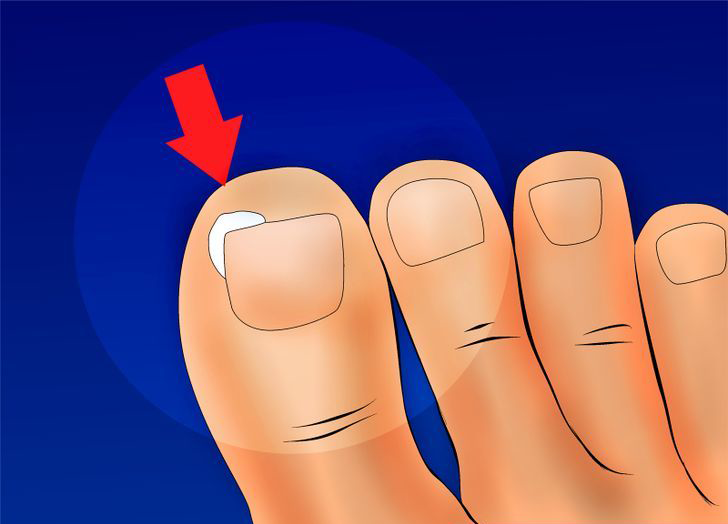Ingrown toenails will no longer be a problem!
Many people suffer from ingrown toenails and the vast majority resort to medical treatments to resolve them.
The ingrown toenail, or onychocryptosis as it is technically called, is not only very painful, but it also disrupts many people's lives.
The figures say that at least one in five people suffers from this problem.
There are many causes of ingrown toenails.
It occurs when the edge of the nail grows and injures the skin of the finger.
It literally "sticks" to your skin.
Let's take a look at the main known causes:
- Heredity: in many people, the tendency to ingrown toenails is inherited.
- Trauma: sometimes an ingrown toenail is the result of trauma, such as injuring your toe, like an object falling on your toe, or taking part in activities that involve pressure on your toes, like kicking a ball.
- Wrong way of cutting: the most common cause of the problem is cutting nails too short. This encourages the skin next to the nail to fold over it.
- Unsuitable footwear: tight socks and shoes can cause ingrown toenails.
- Fungus and trauma: ingrown toenails can appear due to infection or trauma.
Learn three home treatments for ingrown toenails:

1. BAKING SODA AND VINEGAR
Prepare a paste of baking soda and vinegar and apply it to the ingrown toenail
Leave it on for a few minutes.
Then rinse and dry thoroughly.
Do this treatment twice a day.
2. CLOVE OIL
Mix 30g of cloves in 200mL of olive oil.
Cook this mixture in a bain-marie for an hour.
Leave to cool, strain and store in a clean, dry glass.
Apply to the ingrown toenail twice a day.
3. ONION JUICE
Make an onion juice: liquefy 1 onion with 200 mL of water and strain.
Then insert the finger with the ingrown toenail into the juice for a few minutes until it is well soaked.
Let it dry.
Do this treatment twice a day.
This is a tip on home treatments. It does not replace a specialist. Always consult your doctor.
Pingback: Removing warts using adhesive tape - Backed by science,